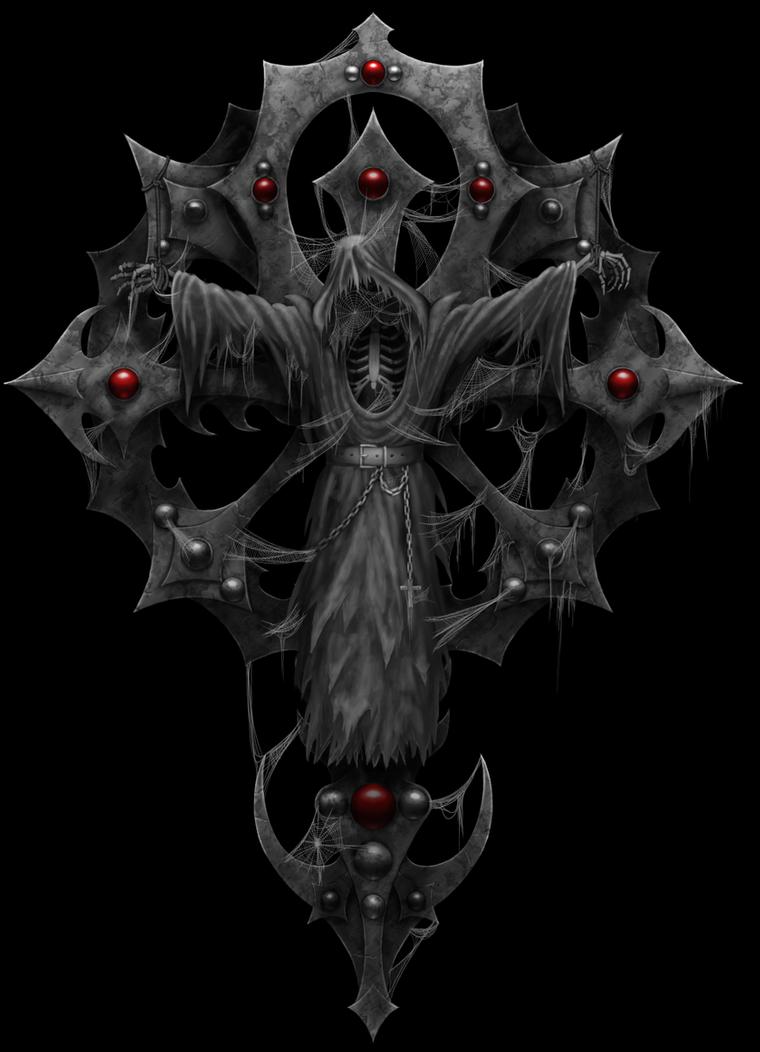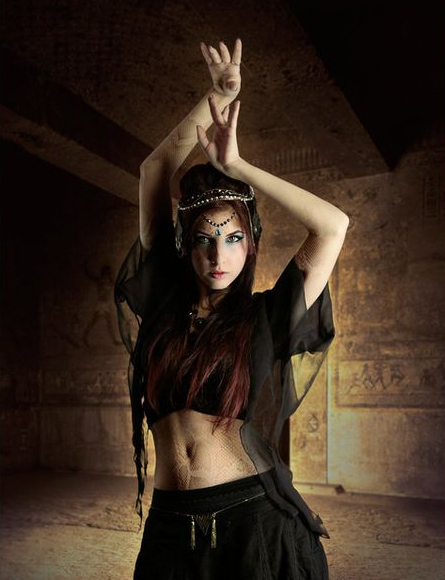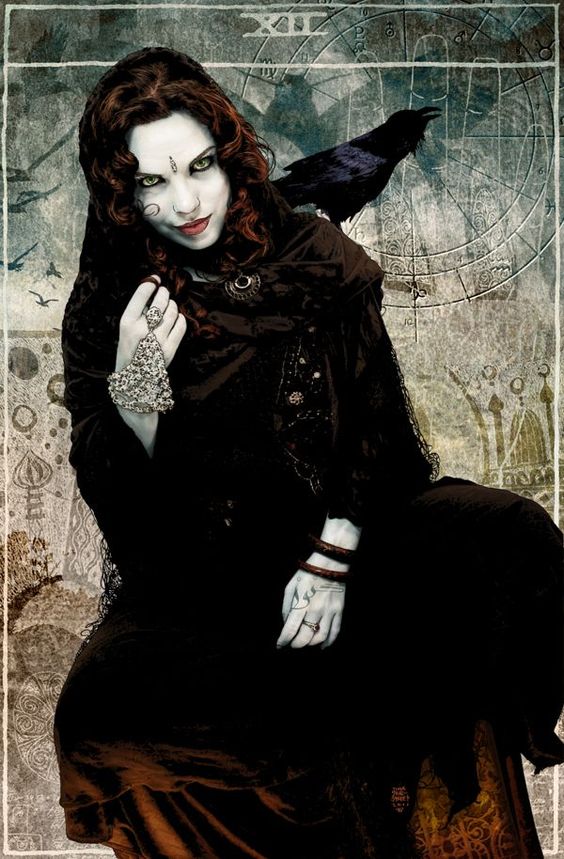Becoming one of the undead

Congratulations, today is the first day of the rest of your eternity, barring accident and mishap. You've chosen to play a vampire, and there are a number of good reasons to do so. This page concerns itself with guidelines for character creation and a few suggestions in considering backstory and similar to help you build out your vampire.
Age & Power
The first thing to figure out is how old your vampire is. Remember that the older a vampire is, the more innately powerful it becomes, having witnessed more history and learned more skills. Because of this correlation in age and power, most vampires in Crimson Shadows will be limited to being a thousand years or younger.
If you would like to play a vampire older than a thousand years, please contact the Council with your idea.
To be, or Not to be, a Master
Without a doubt Master Vampires are more powerful and have more options and capacity than a non-master vampire. But, along with that greater power, comes a wider spread of focus which means that Master vampires are more powerful, but non-master vampires get to focus and specialize a little more than Masters. When considering whether or not to make a Master Vampire, remember that a thousand-year old non-master vampire is still a potent force to be reckoned with and one that should not be taken lightly.
Innate Powers

Vampires gain a few innate abilties and characteristics that help define them as a specific, distinct group of beings. In addition to the supernatural physical traits and sensory enhancements, they become capable of creating new vampires and mentally influencing some other beings. No longer able to eat or drink food, vampires sustain themselves by drinking blood, driven by a hunger for this nutrient rich, life-giving force, although some vampires are capable of feeding off of emotions and other psychic energies.
- Creating New Vampires - Vampires are able to create other vampires. To create a new vampire, a human being must be fed on three times within a relatively short period of time. Each time the feeding must be deeper as this process serves to condition and prime the host's body for the transformation into a vampire. After the third bite, the potential vampire is ready and the creating vampire drains his recruit to the point of death before having the subject drink his blood. The human being then dies and raises moments later as a newborn vampire.
- A newly created vampire is often confused and dangerous. As a result, new vampires are often locked in a secure room and attended by a more experienced vampire who can aid in helping them to adjust. New vampires whose mental capacity is lost during a transformation may rise as an "animalistic vampire". They demonstrate extreme strength and pain tolerance without cognitive functions. Animalistic vampires can only be controlled by the master that created it, assuming the master is strong enough.
- New vampires need time to adjust to their new state to adjust to this sudden influx of stimuli and some mental training is needed to not be overwhelmed. Aside from the constant hunger for blood, they must also learn to control superhuman strength and speed, as well as adapt to heightened senses where scents and sounds especially seem louder.
- Vampires with the "Quick Change" power have the ability to transform the victim on the first bite.
- Lycans cannot be transformed into a vampire. If drained, a lycan will simply die.
- The bond between sire and progeny is broken only upon the death of either party. While a Sire may allow their progeny to venture out on their own with no restrictions, the Sire will always have some degree of magical power and authority over the progeny.
- Supernatural Bodies - A vampire's undead body is immensely strong, fastm and resilient to damage or injury. As a vampire ages, their physical gifts continue to improve. A freshly turned vampire is significantly stronger than a human, a century-old vampire is significantly stronger than a freshly turned vampire, and a millennia-old vampire is significantly stronger than the century old vampire.
- Supernatural Strength - Upon their reanimation, new vampires experience a dramatic increase in physical strength; able to lift cars with ease. This superhuman strength is a valuable tool to vampires as it enables them to achieve such feats as snapping handcuffs, overpowering their prey, and fighting off any human opponent. Their strength increases further with age.
- Supernatural Agility and Speed - They move with incredible celerity and are capable switching from complete stillness to blurring speed. They can cover short distances, making it appear to ordinary humans that they vanish at will. Combined with their mental powers, they can seemingly appear and disappear at will. This rapidity also extends to reflexes, grace, and physical coordination. The newest vampire moves with the grace of a ballerina and can catch knives or other throwing weapons thrown by humans easily.
- Supernatural Endurance & Resilience - Vampires do not need to breathe, sleep, eat normal food, or drink water in order to live. They can run for hours without feeling fatigue and exert themselves all night without feeling tired. Vampires do not get sick and need fear no modern illness.
- Supernatural Senses - Their senses are dramatically enhanced to an unknown degree, to the point where they can tell a human's emotional state from their scent, hear whispered comments from some distance away, and have them superior night vision the enables them to see in total darkness.
- Blood Diet - Vampires subsist almost entirely on blood, and like humanity must eat regularly in order to retain their supernatural powers. Even a lack of blood however will not kill a starving vampire. Starvation is likely to send a vampire into torpor or a feeding frenzy. Some vampires have learned to draw sustenance and power from certain emotional output or other more arcane sources. Feeding on these energies can delay the need for blood feedings by a day or more, but never replaces the need for blood. Vampires often take lycanthrope servants because lycanthrope blood is more robust than human blood, allowing the vampire to feel more satiated with less quantity. It also provides faster recovery effects and bolsters the strength of the vampire's abilities.
- Vampires cannot eat physical food or drink other liquids. Attempting to do so will result in the vampire immediately needing to purge the substances from their bodies.
- NOTE: Vampires with the Masquerade (Master) ability are able to ingest food and drink, but only for a limited time and still must purge the substances from their body.
- Mental Powers - Vampires have incredibly powerful minds and are capable of "Rolling" the minds of others by making eye contact. Through rolling, vampires can induce a temporary hypnotic state in a target that can be used in various fashions for the benefit of the vampire, such as forgetting a particular moment, make a delivery for the vampire, or ignoring the pain of his bite. Eye contact is the main method a vampire can roll a person, however some vampires have other abilties that produce the same effect through bite, voice, or touch.
Marked servants, necromancers, vampires, and others with supernatural resistance may have varying degrees of success in withstanding a roll, but most avoid the technique by not looking vampires directly in the eyes. Victims with supernatural power, such as other vampires, animators, human servants, and lycanthropes, display varying amounts of resistance to this technique, but most people avoid the technique by not looking vampires directly in the eyes. - Deep Rolling: With time and enough power, some vampires are capable of "deep rolling" a target, in which case the hypnotic state is not temporary, but rather quasi-permanent. Deep rolling allows a vampire to implant "sleeper commands" that do not take effect until a certain time or criteria is met.

Weaknesses
For all their supernatural powers and immortality, vampires do have several weaknesses that can irritate, incapacitate, and/or kill them.
- Sunlight: Vampires burn in sunlight. Prolonged exposure will cause them to combust and turn to ash.
- Silver: Skin contact with silver is not harmful, however once it punctures the skin, silver can become deadly. Wounds caused by silver are slow to heal, resulting in scars and burn marks. Some vampires are resistent to the effects of silver and will not die on the basis of a wound being made by a silver alone. Critical wounds caused by silver, such as injections of silver nitrate and those that penetrate the heart or injure the brain are almost always fatal.
- Stakes: A stake, or any other rod-like implement, driven through the heart of a vampire will kill it.
- Fang Removal: Removing a vampire's fangs effectively makes them unable to feed and strips them of most of their abilities, including their immortality and ability to feed on other sources. Their fangs will eventually grow back, but leaves the vampire in a very vulnerable position until then.
- Holy Water: Acts like acid on a vampire's skin.
- Regligious Iconography: In general, religious symbols can be used to drive off a vampire if the person holding the symbol is faithful to the religion represented by the symbol. Refer to the Faith page for additional information on religious iconography and matters of faith as it relates to vampires.
- Garlic: Garlic is an irritant to vampires, whether smelled or touched. Touching garlic will weaken the vampire, so they will try to avoid it as much as possible.
- Invitations: Vampires cannot enter a person's home without receiving an invitation from the legal owner or a person who lives there, regardless of whether the "home" is a house, mansion, cardboard box, car, RV, or other similar abode. Public buildings, abandoned buildings, or those owned by corporations can be entered freely.
- Vampires cannot be barred from the houses they lived in as humans, and the dwellings they have in unlife can be entered by other vampires without an invitation, unless a living person resides there as well.
- A vampire with a servant possessing all four marks can enter any place their servant is inside of and does not need an invitiation.
- A vampire can come and go as they please no matter how much time has passed since the invitation was issued. Invitations last until they are rescinded. If the invitation is revoked while the vampire is inside, they are immediately pulled/pushed/dragged from the dwelling through the nearest exit by an unseen and irresitible force.
- If a vampire has entered with his servant where an invitation is not required, the resident can demand them to depart. In which case, the vampire is forcibly removed and the servant is compelled to leave immediately.
Power Limits
| Power Type | ||
|---|---|---|
| Common Powers | ||
| Rare Powers | ||
| Common Master Powers | ||
| Rare Master Powers | ||
| Bloodline Powers | ||
| Master Bloodline Powers | ||
| Rare Bloodline Powers | ||
| Total |
Please bear in mind that being at these maximums will usually reflect a very old vampire, or a very powerful young vampire.

